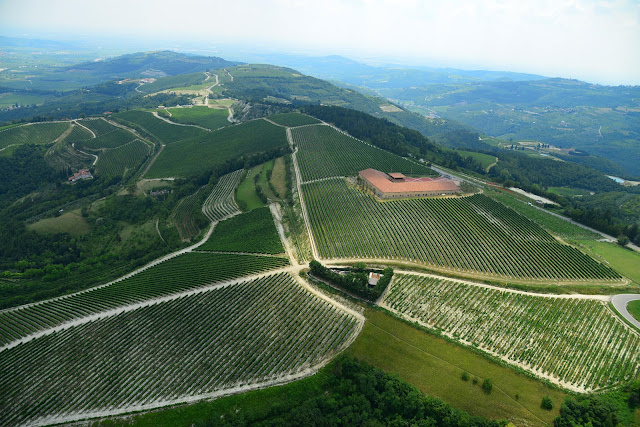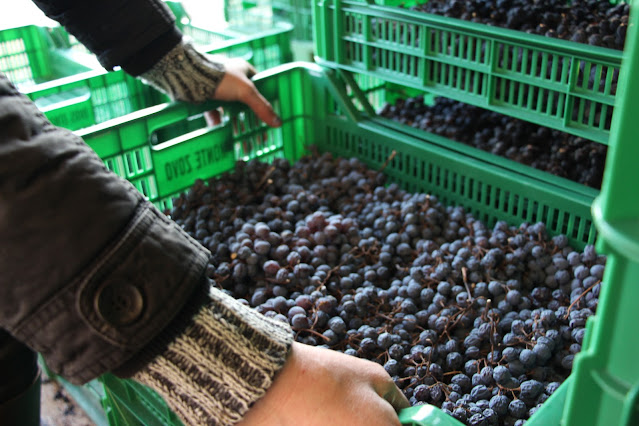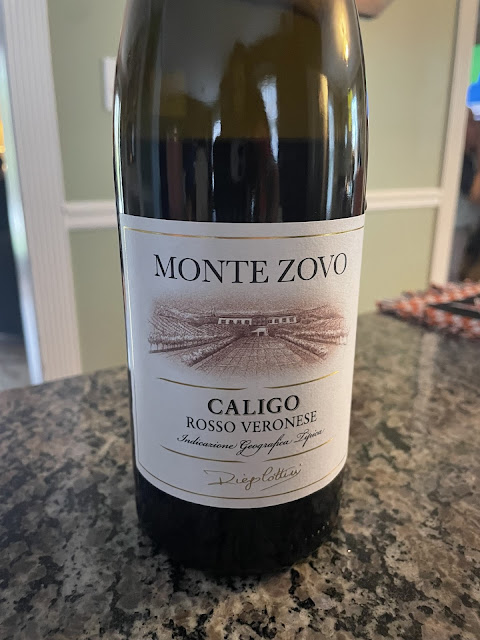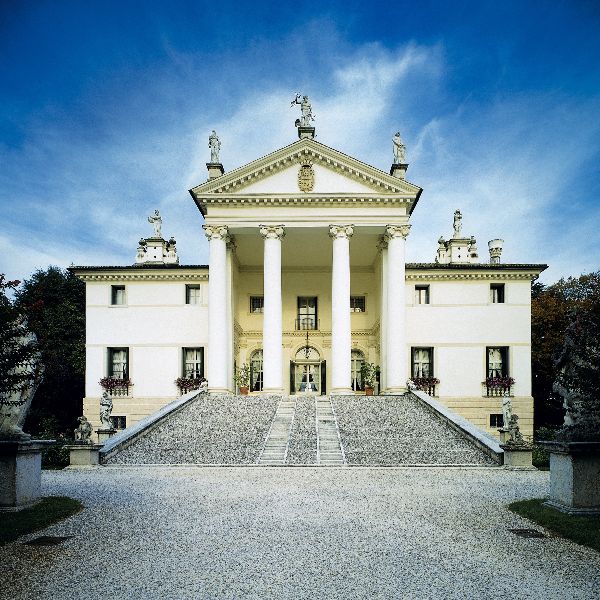As I wrap up this months feature on the Veneto wine region I’ll share some of the Veneto’s great red wines, those that come from the Valpolicella wine appellation. Some years ago I visited the wine estate of Monte Zovo and wrote briefly about my visit. Today I’ll give more of an overview of Monte Zovo and a couple of their wines that I tasted this week.
The Monte Zovo winery
Monte Zovo began back in 1925 when the grandfather, Carlo Cottini, of the current owner, Diego Cottini, bought the land. At the time it was mainly used for fruits, especially cherry plants, along with cattle grazing. Carlo’s son, Raffaelo, in the 50’s and 60’s converted the land over to vineyards in order to start to make wines.
 |
| Cottini family |
Monte Zovo has 4 different vineyard sites with three of them in Lombardy located near Lake Garda in the municipalities of Desanzano and Pozzolengo. Lake Garda borders both Lombardy and the Veneto. The three vineyards include Monte Zovo, Spiazzi and Bettinelle. Monte Zovo is located around the winery in Caprino Veronese. Bettinelle, is their experimential vineyards located on the plains of Rivoli. Lastly is Spiazzi, which was Diego’s idea to plan Pinot Noir, Sauvignon and Mueller Thurgau at high altitudes of almost 3,000 feet. He wanted to plant vineyards in an area that was outside the normal altitudes that would allow the aromas in the wines to shine.
It wasn’t until 2000 that the Cottini family ventured into the Veneto purchasing the Tregnano estate. This was Diego’s desire to purchase land from where he was born and worked with his grandfather. The Tregnano estate is located northeast of Verona, in the eastern area of Valpolicella. The vineyards sit on top of the hills that divide both the Ilasi and Mezzane Valleys that also border the Monti Lessini national park. At the top of the hills they built a drying facility that sits at about 1,650 feet that provides great ventilation for the grapes to dry. Out of the 345 acres that the Cottini family owns, about 123 acres are located there in Valpolicella.
The Wines of Monte Zovo
If you are familiar with the red wines of the Valpolicella most of them are based on a number of native grapes including Corvina, Corvinone, Rondinella and Molinara. Some of them are produced as a dry style wine, while others are dried resulting in wines with a deeper, intense profile and concentration.
I tasted the Monte Zovo Caligo Veronese IGT made from 70% Corvina, 20% Corvinone and 10% Rondinella. I was pleasantly surprised by this wine, especially at its price point at $18, as it gives a nice introduction to the grapes of this region at a reasonable price point. The grapes are grown in the northern area of Verona on morainic soil. The grapes are left on the vines an additional 2-4 weeks to overripen going through a drying process while on the vine. The wine is then picked and fermented for 25-30 days and aged for 12 months in a combination of barrique and tonneaux. Ruby and rather transparent in the glass. Violet and blackberries filled the aromas. A medium-bodied, but on the lighter side with juicy fruits of dried cherries and blackberries that rounded out the palate with a hint of black tea. Rather soft, but fruit filled.
I had the pleasure to taste the 2018 Monte Zovo Amarone della Valpolicella DOCG. I usually drink Amarone for Thanksgiving so I’ll probably have this one on the table that day. Made from 70% Corvina, 20% Corvinone and 10% Rondinella this wine also comes from the Tregnano estate from 12 year old vines. The grapes are picked and laid in boxes on one layer and moved to the drying facility where they rest to concentrate for a few months. The fermentation then takes place for 20 days and the wine is aged in barrique for 24 months and an additional 6 months in wood vessels (not sure of the exact kind). It then spends an additional 12 months in the bottle. This is part of the reason the price for Amarone is rather high is due to the extensive aging process.
The 2018 Monte Zovo Amarone was ruby colored with garnet edges. Ripe raspberry and black cherry fruit aromas were apparent with a dusting of cocoa, dried herbs, licorice and some baking spice. A whole array of aromas! It was still a little tight, but I didn’t give this wine much time to aerate. Full-bodied on the palate, rich and smooth. Mostly currants and plums with some vanilla and baking spices again. For a wine that had 16% alcohol I didn’t pick up the heat at all thankfully. It had a nice elegance with integrated tannin and a nice acid backbone. SRP $50









